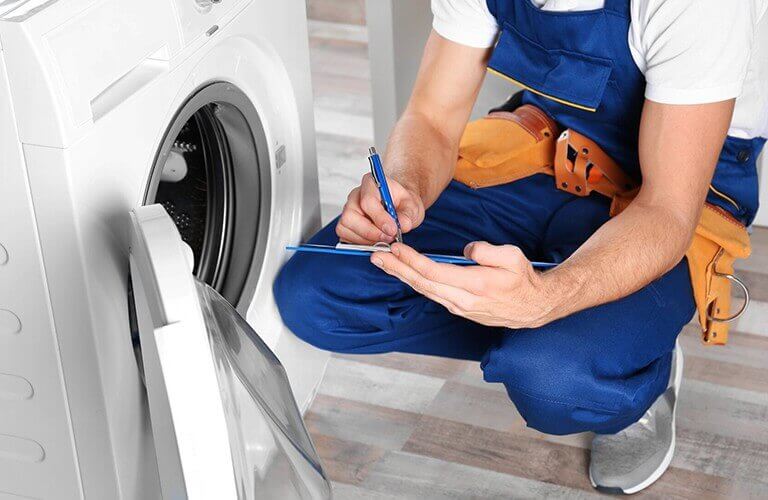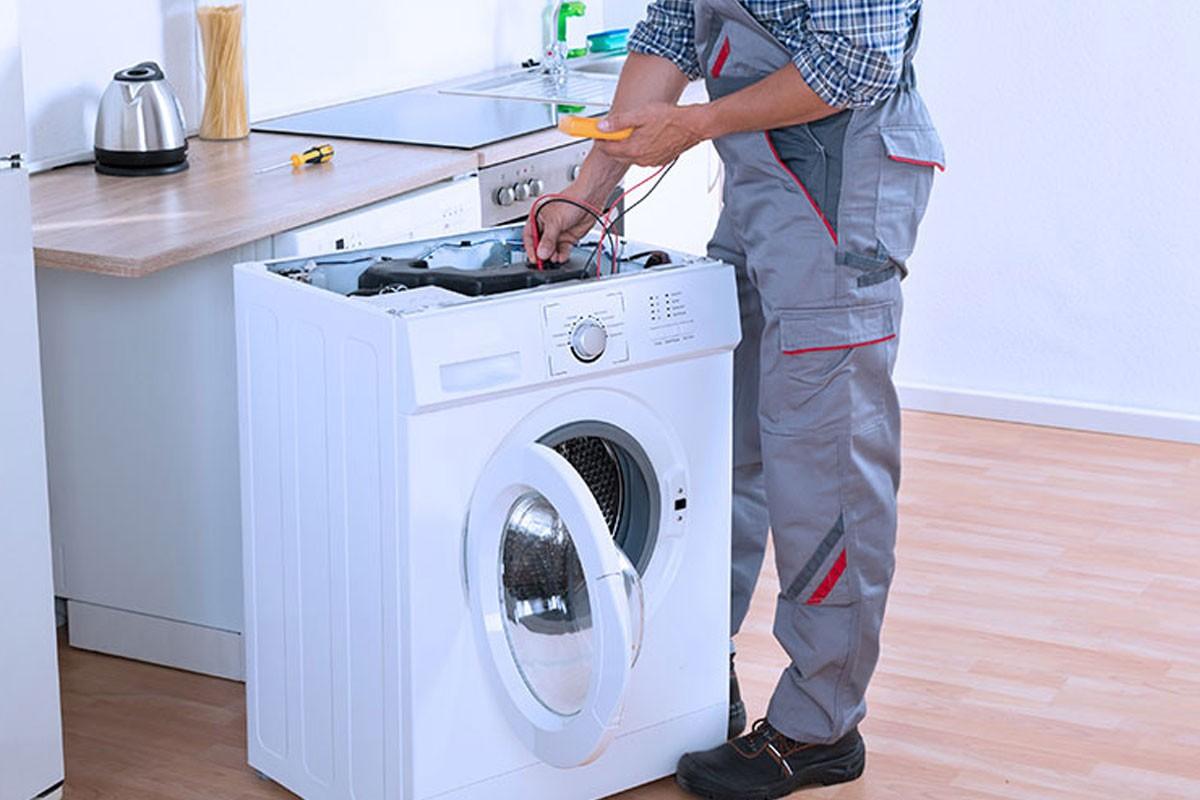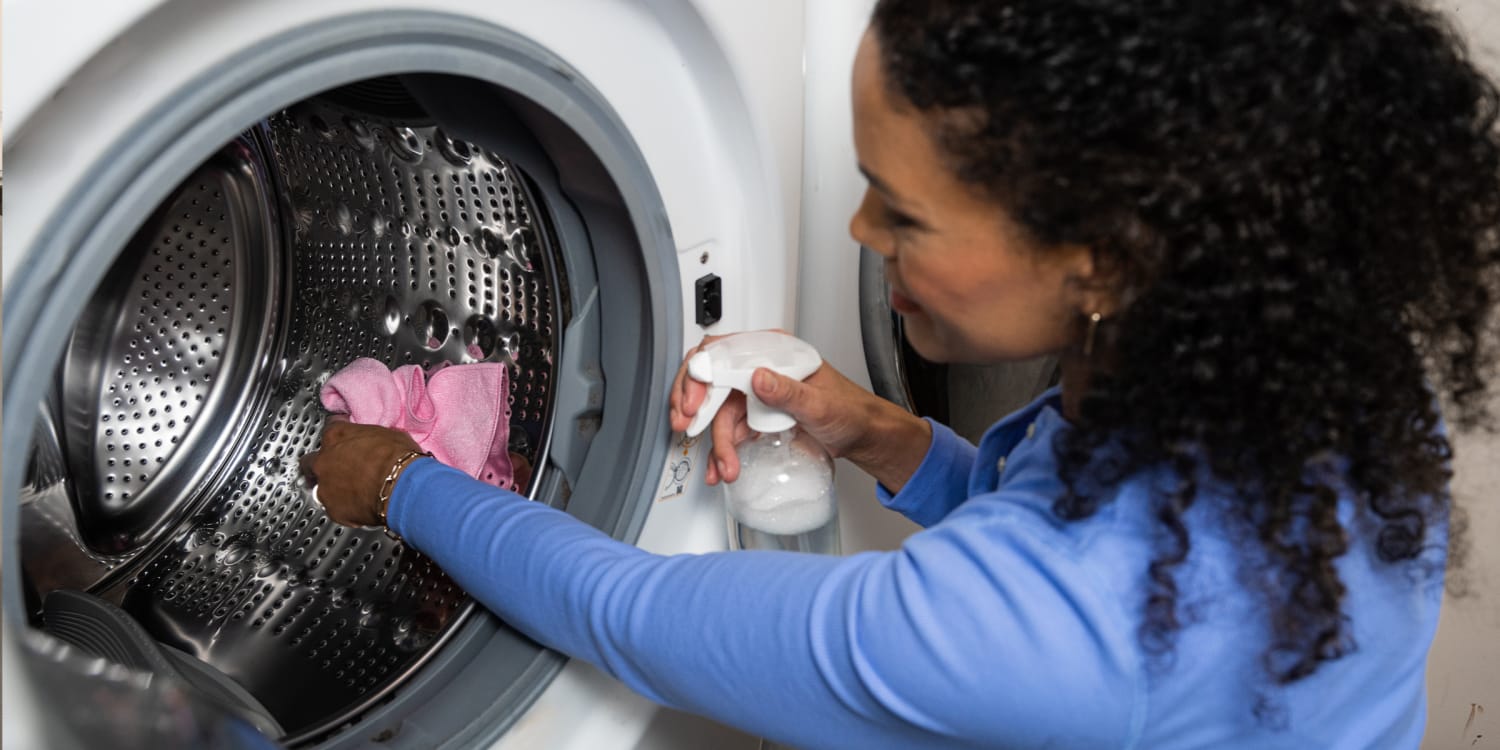In the modern household, the washing machine has become an indispensable appliance, providing a convenient and efficient solution to the age-old task of laundry. However, as with any piece of equipment, proper maintenance is crucial to ensuring the long-term reliability, performance, and energy efficiency of your washing machine.
Neglecting the regular upkeep and care of your washing machine can lead to a host of issues, from decreased cleaning effectiveness and increased energy consumption to costly breakdowns and premature replacement. By embracing a proactive approach to washing machine maintenance, homeowners can not only extend the lifespan of their appliance but also enjoy a consistently smooth and reliable laundry experience, all while contributing to the overall sustainability of their household operations.
The Importance of Washing Machine Maintenance
Maintaining your washing machine is more than just a routine chore; it is a critical investment in the longevity and performance of this essential household appliance. Regular cleaning, inspection, and preventative maintenance can have a significant impact on the machine’s efficiency, energy usage, and even the quality of your laundry results.
Preserving Efficiency and Extending Lifespan
One of the primary benefits of regular washing machine maintenance is the preservation of the appliance’s efficiency and the extension of its overall lifespan. Over time, the internal components of a washing machine can become clogged with lint, detergent buildup, and other debris, compromising the machine’s ability to operate at peak performance.
By implementing a consistent maintenance regimen, homeowners can mitigate the effects of these gradual wear-and-tear issues, ensuring that their washing machine continues to deliver the cleaning power and energy efficiency that they expect. This, in turn, can translate to substantial cost savings on utility bills and a reduced need for costly repairs or premature replacement of the appliance.
Improving Laundry Quality and Hygiene
In addition to preserving the efficiency and longevity of your washing machine, regular maintenance can also have a direct impact on the quality and hygiene of your laundry. Buildup of detergent, fabric softener, and other residues within the machine can lead to subpar cleaning results, the lingering of unpleasant odors, and even the potential transfer of contaminants to subsequent loads of laundry.
By implementing a thorough cleaning routine and addressing any issues that may arise, homeowners can ensure that their washing machine is operating at its best, delivering consistently clean, fresh, and hygienic results for every load of laundry. This not only enhances the overall appearance and feel of the cleaned fabrics but also contributes to the health and well-being of the household.
Promoting Sustainability and Environmental Responsibility
In the age of heightened environmental awareness, the maintenance of household appliances like the washing machine has also become an important consideration in the pursuit of sustainable living. By proactively caring for your washing machine and ensuring its optimal performance, you can reduce energy and water consumption, minimize the need for premature replacement, and contribute to a more eco-friendly household.
Moreover, the proper disposal and recycling of washing machines at the end of their lifespan is also a crucial aspect of sustainable appliance ownership. By embracing a comprehensive approach to washing machine maintenance and end-of-life management, homeowners can play a vital role in reducing waste, conserving resources, and promoting a more environmentally conscious lifestyle.
Ensuring the longevity of a washing machine requires consistent maintenance. With proper care, this indispensable appliance can offer many years of service, running more efficiently and preventing costly breakdowns. In this comprehensive guide, we delve into best practices for washing machine maintenance and how regular attention can save you time and money in the long run.
Establishing a Routine for Washing Machine Care
Foundations of Regular Maintenance
Just as with any major appliance, setting a routine for regular washing machine maintenance is crucial. Neglect can lead to a myriad of issues, from minor inconveniences to major repairs or even replacements. Owners should aim to integrate simple maintenance tasks into their monthly household routines.
A washing machine’s lifespan is contingent upon how well it is looked after. From the outset, be vigilant about reading and understanding the manufacturer’s guidelines, as each model may have specific care instructions. Beyond this, basic maintenance actions, such as checking hoses and cleaning dispensers, can be universally applied.
Start with the basics, such as wiping down the exterior and cleaning the dispensers. Then, progress to more detailed tasks, such as inspecting the hoses and filters. The detergent drawer, often overlooked, should be cleaned regularly to prevent buildup and ensure your machine operates efficiently. Similarly, the door gasket on front-loading machines can harbor moisture and residues, therefore, it needs periodic cleaning to prevent mold and odor.
The Significance of Deep Cleaning
In addition to the superficial tasks, deep cleaning your washing machine is equally essential. At least once a month, run an empty cycle at the hottest temperature setting with a dedicated washing machine cleaner or a homemade solution. This will help dissolve any detergent buildup or lint within the drum and hoses.
Front-loading washers are particularly susceptible to sealing problems that can cause leaks. Therefore, regularly examine the door seal for wear and tear. While this might seem trivial, such preventative measures can help avoid water damage to your home.
Trouble Signs and How to Address Them
Recognizing Early Warning Signals
Familiarity with your washing machine’s normal sounds and performance is key to identifying issues early on. Noises such as banging, excessive vibration, or interruptions in the cycle can all be early warning signs. Addressing these promptly can prevent the escalation into more severe problems.
Additionally, be aware of any changes in the quality of cleaning or differences in the rinse water; these may indicate a blockage or a malfunctioning pump. Often, such issues can be resolved with minimal effort if they are caught early enough.
Preventive Replacements and Repairs
Certain washing machine parts are more prone to wear and tear, such as the drive belt in top-loading washers or the pump in front loaders. Keeping an eye on these components and planning for preventive replacements can save you from future disruptions.
Periodically replacing the hoses, regardless of visible wear, is recommended. Most manufacturers suggest a replacement every three to five years. Though hoses may not show any obvious damage, they can weaken over time, increasing the risk of a burst and subsequent flooding.

